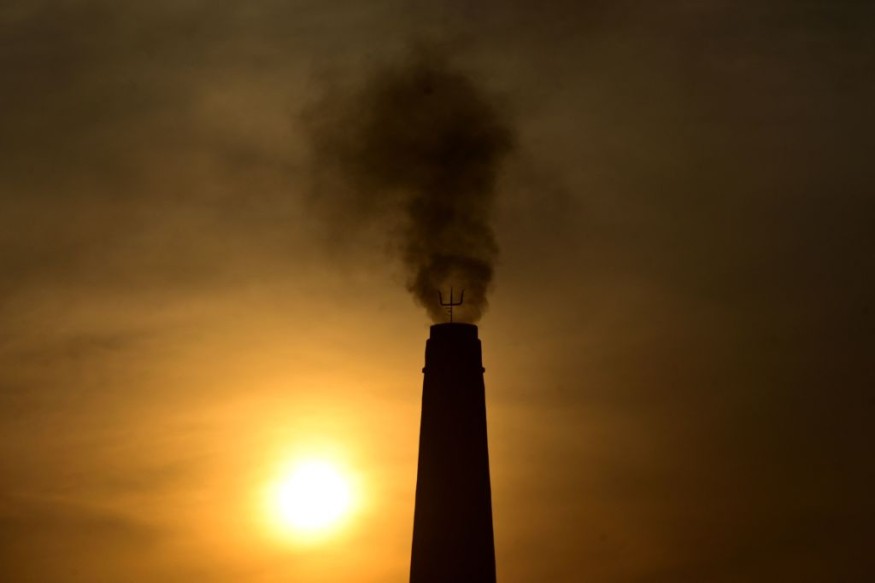Air pollution is one of the largest environmental, ecological, and health issue of the 21st century.
A silent killer, the World Health Organization (WHO) described it to be lurking all around us, targeting both young and even the old.
The toxic smog also passes our body's defenses, causing life-threatening conditions like cancer, heart attack, lung disease, and strokes, the WHO said.
Humans are not the only victims of air pollution, instead other animals like the insects are affected as well.
In particular, such pollution can disrupt insect sexual communication, affecting even the world's honeybees and other pollinators.
Still, air pollutants like ozone can destroy an odor-driven chemical called insect pheromones, which are odor molecules containing carbon-to-carbon dioxide bonds.
Scientists assert the said bonds are vulnerable to ozone.
With this, increased air pollution can affect the mating of flies and can result in a mass fly extinction in the future, according to a new study led by researchers from Germany.
The world of pollination is also at risk as the odor from flowers could no longer be enticing for pollinators, due to the deteriorating effect brought by ozone.
Mass Fly Extinction Event

In the new study published in the journal Nature Communications on March 14, researchers at the Max Planck Institute for Chemical Ecology emphasized that insect sexual communication relies on sex pheromones, which was mentioned earlier.
However, they said double carbon bonds are potentially degraded by oxidation.
The research team showed that the reported increased levels of anthropocenic ozone can oxidize all known male-specific sex pheromones of the species Drosophila melanogaster, where reduced amounts of pheromones like cis-Vaccenyl Acetate and (Z)-7-Tricosene are observed.
In this context, female acceptance of male insects exposed to ozone are significantly delayed.
If the current rate of air pollution continues, a mass fly extinction event is likely imminent, the team said.
Air Pollution Threat
In a news release by the German institute, the researchers inquired whether air pollution also influences how well female and male insects find and identify each other during mating, according to Markus Knaden, lead author of the study, as referenced by the American Association for the Advancement of Science (AAAS).
To arrive at their findings, the scientific team developed an ozone exposure system for flies which resembles ozone levels in the air.
To achieve such system, the Max Planck Institute team created a continuous influx of air with defined ozone levels.
Ecological Disaster
The predicted mass fly extinction event could only be a shrug in the shoulder, since the winged insects, with the most common house fly and other types of "filth flies," are considered nuisance pests in general, according to the Illinois Department of Public Health.
In spite their notorious track record of carrying and spreading various diseases, insects also bring benefits to the ecosystem.
First, flies are served in the menu within the Animal Kingdom's food chain, serving as a food source for many animals like birds and other insects.
In addition, flies along with gnats and mosquitoes also serve as pollinators since many of them visit flowers, according to the United States Department of Agriculture.
With this, a total mass fly extinction event, as portrayed in the Nature Communications study can also be an ecological disaster.
Related Article: Trash Burning Worsens Air Pollution
© 2025 NatureWorldNews.com All rights reserved. Do not reproduce without permission.





